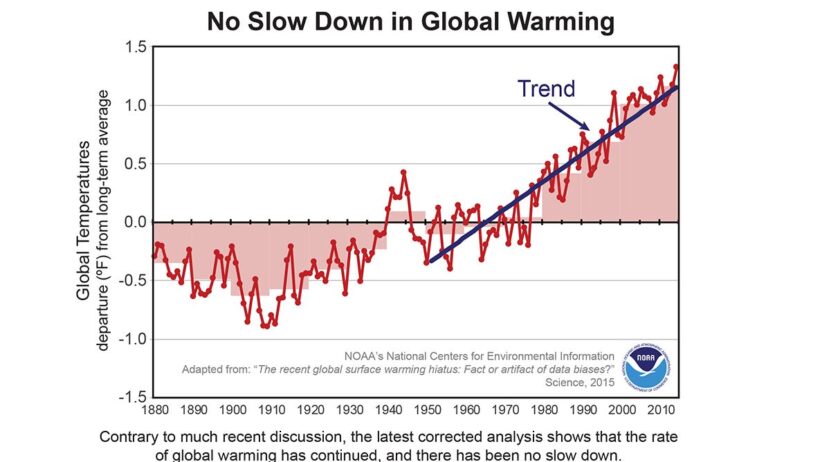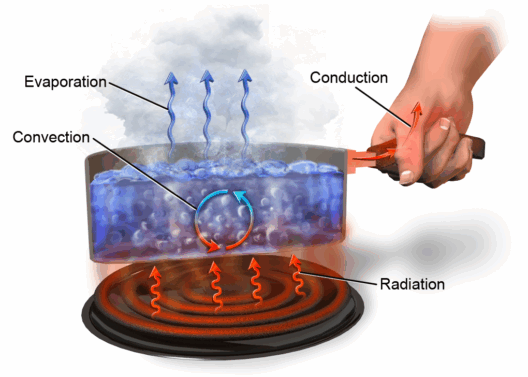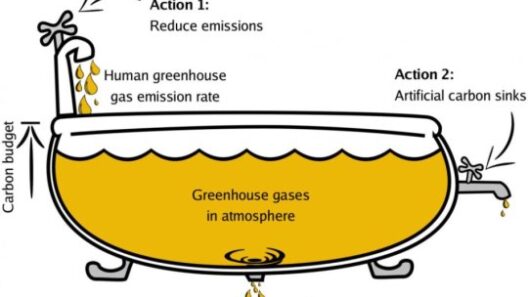Global warming poses one of the most formidable challenges we face today. With rising temperatures, melting ice caps, and increasingly severe weather patterns, the need to reverse these trends has never been more pressing. But how realistic is it to think we can actually “turn the tide” against global warming? A crucial question arises: Can we, as a global community, collectively muster the resolve and innovation needed to alter the course we are currently on?
To comprehend how long it may take to reverse global warming, we must first understand the underlying causes. The principal drivers include greenhouse gas emissions primarily from fossil fuel combustion, land-use changes, and industrial activities. Carbon dioxide, methane, and nitrous oxide are the most significant culprits, each contributing to the greenhouse effect, thereby trapping heat in the Earth’s atmosphere. The increase in these gases derives not only from energy production but also from agriculture, deforestation, and waste management practices.
Given the complexity of the problem, it’s essential to dissect the potential pathways to remedy these issues. One overarching aim must be achieving net-zero emissions. The Intergovernmental Panel on Climate Change (IPCC) has outlined that to avert catastrophic climate impacts, we must reach net zero around 2050 for global warming to stabilize at approximately 1.5 degrees Celsius above pre-industrial levels. While this is an ambitious target, it is not beyond reach, particularly if we mobilize the necessary resources.
A multifaceted approach is essential for tackling greenhouse gas emissions. Transitioning to renewable energy sources such as solar, wind, and hydroelectric power is imperative, as these alternatives emit little to no greenhouse gases compared to oil, coal, and natural gas. Imagine a world where clean energy flows into every home! The challenge lies not only in developing technology but also in the infrastructure required to transport and utilize this energy efficiently.
Furthermore, we must consider the role of policy. Government bodies globally will need to implement strict regulations and incentives favoring sustainability. Carbon pricing, subsidies for renewable energy, and robust emissions trading systems are all strategies that could significantly contribute to a quicker turnaround in emission reductions.
In addition, enhancing energy efficiency in buildings and industries can yield immediate results. Utilizing smart grids, improving insulation, and adopting energy-efficient appliances helps to lower energy consumption. It is a striking balance, requiring both technological advancements and behavioral changes from consumers. Can communities rally to adopt these sustainable practices en masse?
Another cornerstone in reversing global warming is reforestation and soil management practices. Trees absorb carbon dioxide naturally, thus playing a vital role in mitigating climate change. The global reforestation goal should be to plant billions of trees, a movement already gaining significant traction in various regions. Furthermore, adopting sustainable agriculture techniques can improve soil health and carbon sequestration, offering a dual benefit of combating hunger and capturing atmospheric carbon.
Now, while technological and policy developments are critical, they alone won’t suffice. A significant component of this equation is education and public awareness. A well-informed populace can drive grassroots movements, pushing for accountability from industries and policymakers. Sustainable lifestyles—whether minimizing waste, reducing meat consumption, or adopting eco-friendly products—can substantially impact greenhouse gas emissions. Have you ever considered how your choices echo through global supply chains?
However, reversing global warming will also rely on global cooperation. Climate change does not recognize borders; it requires a unified, concerted effort across nations. The Paris Agreement was a seminal step in this direction, yet commitments must evolve into decisive action. Countries must hold each other accountable, sharing resources and technology to pave the way for developing countries facing dire vulnerabilities.
Another intriguing aspect is the potential for technological innovation in carbon capture. Emerging technologies aim to directly remove CO2 from the atmosphere, resembling a technological “undo” button for greenhouse gas emissions. While it may seem like science fiction, companies and research institutions are investing significantly in this field. The big question is: how quickly can these technologies be scaled up to impact global emissions meaningfully?
Forecasting the timeline for reversing global warming is inherently complicated. Immediate reductions in emissions can lead to noticeable temperature stabilization. However, fully reversing the impacts of climate change—such as rising sea levels and biodiversity loss—could take generations. The extent of environmental restoration is coupled with the rate at which we mitigate and adapt to current conditions.
In summary, reversing global warming requires an unprecedented amalgamation of technology, policy, education, and global cooperation. While the challenges are monumental, the desire and potential for transformative change exists. Each step we take, from renewable energy initiatives to carbon capture advancements, collectively contributes toward a more sustainable future. The journey will require tenacity, but perhaps the most critical element is the belief that change is not only possible but entirely within our grasp. Can we turn the tide before it’s too late? The countdown has begun.








